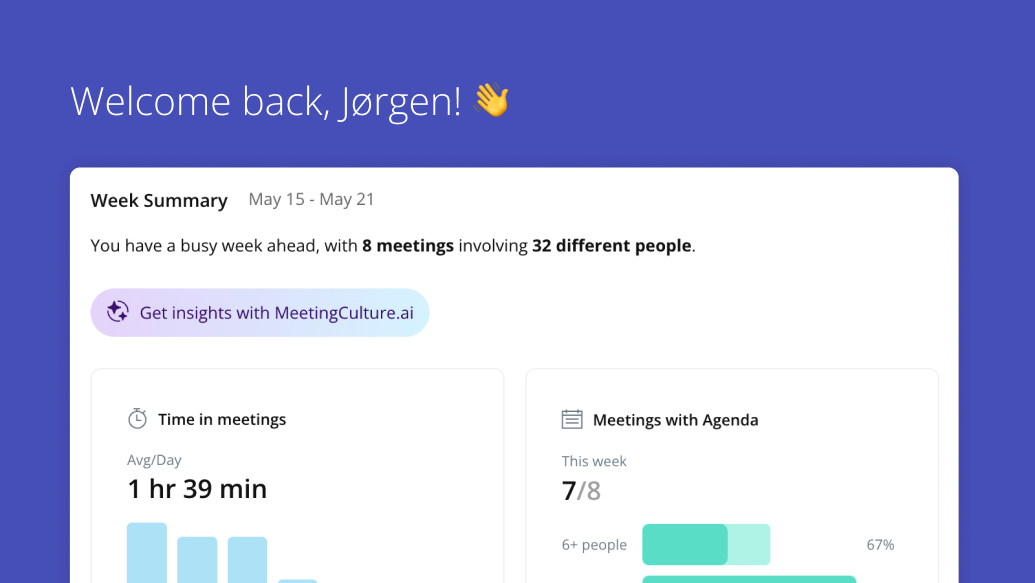Great meeting results start with good meeting preparation
Meetings are the most important part of the day. The problem is not in having meetings but in how meetings are run to ensure time spent is productive.
Contrary to popular opinion, meetings are the most important part of your day. They are where teams come together and decisions are made.
The problem is not in having meetings, but in how meetings are organized to ensure time spent is productive.
Executives spend at least 23 hours a week in meetings and according to leading researcher Steven Rogelberg, Ph.D., at least 30% of that time is considered unproductive. What’s more, Michael Mankins notes in a different Harvard Business Review article that more than 65% of leadership team meetings are not called for the purpose of making a decision but instead, are held for sharing information. Only 12% of executives believe their top management meetings consistently produce decisions on important strategic or organization issues.
How do you get the meeting results you need?
Before the Meeting
Successful meetings start before the meeting even occurs.
Meeting organizers should create an agenda that has topics for discussion and all supporting documents in one place. Including questions under an agenda topic, in addition to informational bullets, will help participants prepare for discussions. Additionally, note if a topic is for information, discussion or decision, to indicate the level of preparation needed.
Participants should view the agenda in advance and make notes of questions and comments, so they are ready for discussion. If a decision is needed, allocate enough time ahead of the meeting to review materials and start the conversation early inside your organization’s collaboration tool, such as Microsoft Teams.
During the Meeting
If the agenda has been built properly, the meeting should be focused on the most important topics – those requiring a decision. This alone makes a significant difference in the productivity of meetings.
In addition to assigning a timekeeper and other common advice, running productive meetings includes these three elements:
- Discussion Facilitation: Coordinate conversations with the hand raise feature and integrated voting solutions that are built into most virtual meeting platforms. For topics that need everyone’s input, call on participants individually to share their perspective.
- Parking Lot: Including a parking lot bucket in the meeting minutes so when off-topic comments happen, and they will, the participant knows it has been captured and they can refocus on the topic being discussed.
- Capture Meeting Minutes: Minutes are the collective reference for topics discussed and decisions made, and they communicate important tasks with assigned owners and deadlines. At the end of the meeting, restate decisions and walk-through tasks to ensure everyone leaves with an agreement on outcomes.
After the Meeting
Just like successful meetings start before the meeting even happens, there are necessary post-meeting actions to ensure good outcomes.
Distribute minutes to all participants immediately after the meeting, highlighting decisions and tasks. From there, the meeting organizer or project owner should add tasks to Microsoft Planner or whatever shared platform is used by the team to track assignments. Finally, allocate time at the start of the next meeting to review the previous meeting’s minutes and overdue tasks.
A little bit of effort into the meeting process results in significant gains in getting the meeting results you want – and eliminates the wastefulness many people feel accompany most meetings.

